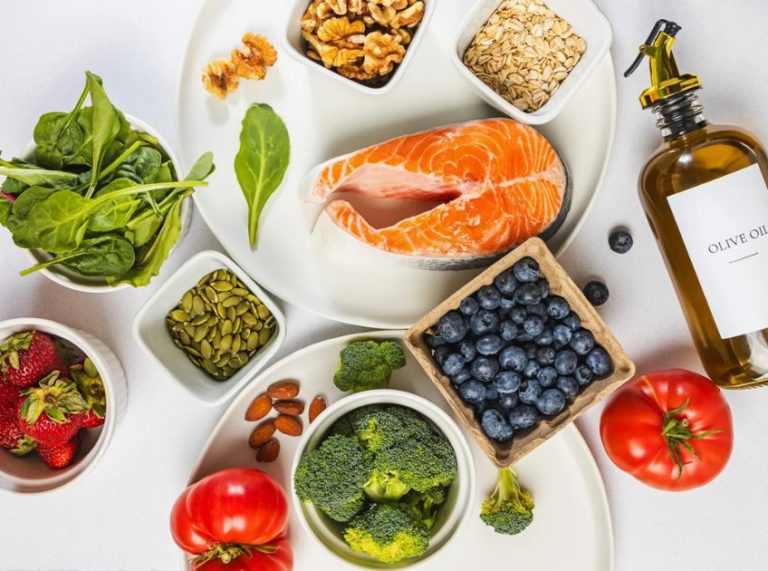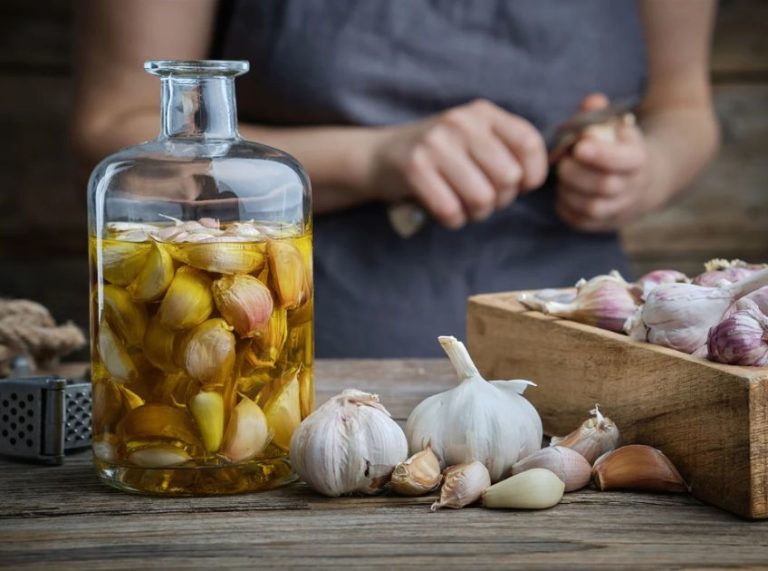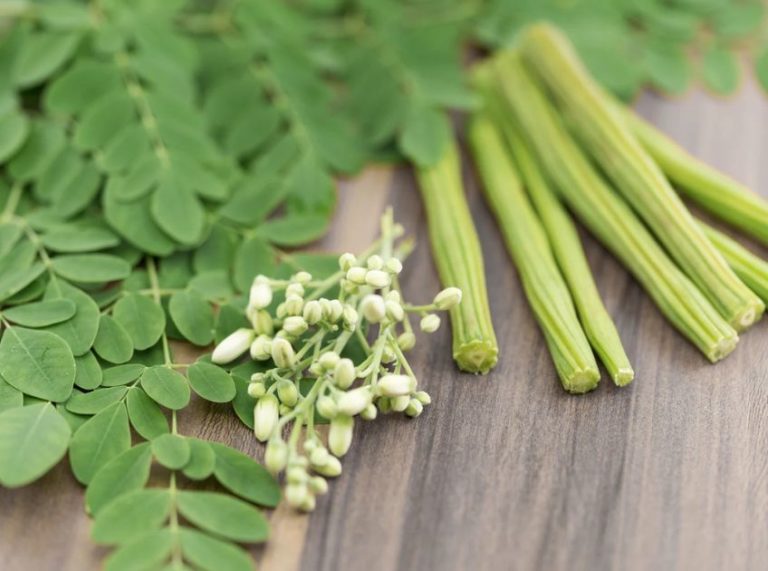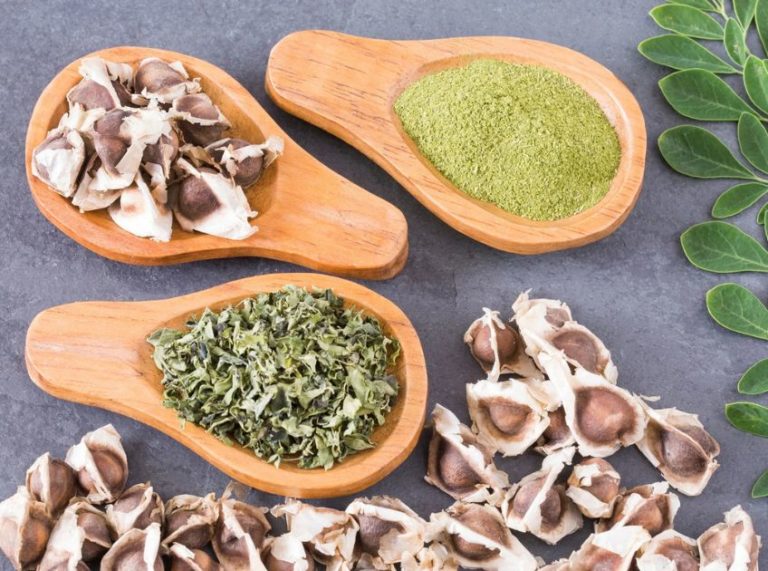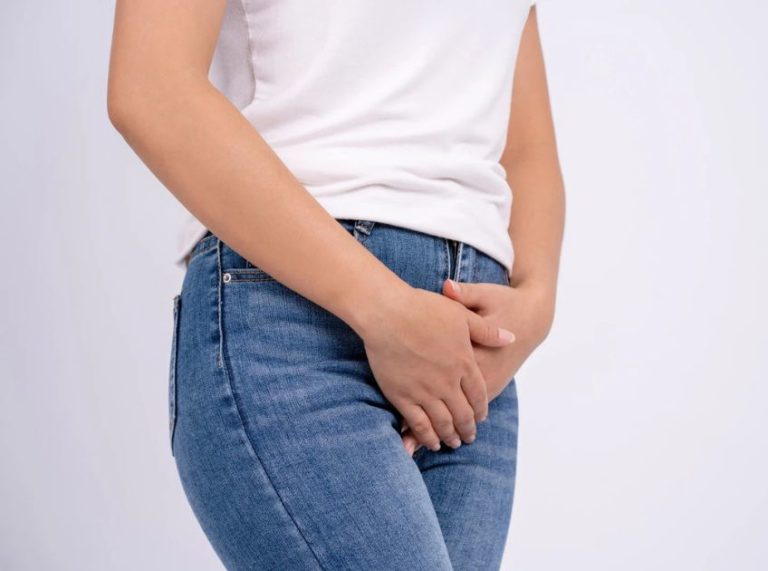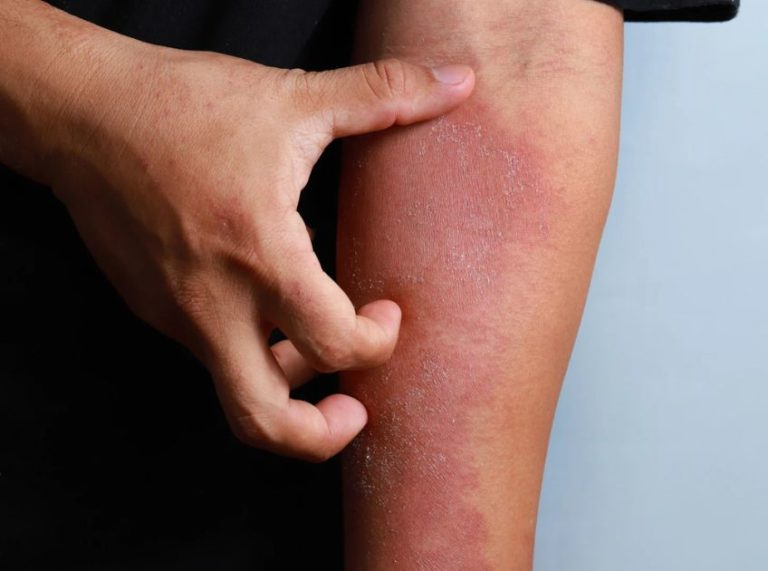
Important: This article is for informational purposes only. Please read our full disclaimer for more details.
Heat rash, also known as prickly heat or miliaria, is a skin condition that occurs when sweat ducts become blocked, trapping sweat under the skin. It commonly appears as small red bumps or blisters and can cause itching, stinging, or discomfort. According to a review in Dermatologic Clinics, heat rash is most prevalent in hot, humid environments and affects both adults and children (1)(2).
What is Heat Rash?
Heat rash develops when sweat glands are obstructed, causing inflammation and irritation. There are different types:
- Miliaria crystallina: Clear, fluid-filled bumps without inflammation.
- Miliaria rubra: Red, itchy bumps that may sting or prick.
- Miliaria profunda: Larger, flesh-colored bumps deeper under the skin.
A study in The British Journal of Dermatology highlights that miliaria is often caused by prolonged sweating, tight clothing, and overheating (3)(4).
Effective Treatments for Heat Rash
Treating heat rash involves cooling the skin and preventing further sweat blockage:
- Move to a cooler environment.
- Wear loose, breathable clothing.
- Keep the affected area dry.
- Apply over-the-counter hydrocortisone for severe itching.
- Use soothing, non-comedogenic moisturizers to calm irritation.
10 Home Remedies to Soothe Heat Rash
1. Cold Compress
- How it helps: Cooling reduces inflammation, itching, and redness by constricting blood vessels and soothing irritated skin.
- How to prepare: Wrap a few ice cubes in a clean cotton cloth or use a chilled gel pack.
- How to use: Apply to the rash for 10–15 minutes.
- Frequency: Repeat 3–4 times a day.
- Reference: A study in American Family Physician notes that cold therapy can help reduce acute skin irritation (5).
2. Aloe Vera Gel
- Why it works: Aloe vera contains polysaccharides with anti-inflammatory and wound-healing properties (6).
- How to prepare: Use fresh aloe vera leaf gel or store-bought 100% pure aloe gel.
- How to use: Apply a thin layer over the rash and let it absorb for 20 minutes before rinsing.
- Frequency: 2–3 times a day.
3. Oatmeal Bath
- Why it works: Colloidal oatmeal has anti-inflammatory compounds (avenanthramides) that reduce itching and redness.
- How to prepare: Grind 1 cup of plain oats into a fine powder and add to lukewarm bathwater.
- How to use: Soak the affected area for 15–20 minutes. Pat dry gently afterward.
- Frequency: Once daily until symptoms subside.
- Reference: Research published in Clinical, Cosmetic and Investigational Dermatology confirms oatmeal’s soothing effects on inflamed skin (7).
4. Cucumber Slices
- Why it works: Cucumber’s high water content hydrates and cools irritated skin.
- How to prepare: Refrigerate fresh cucumber slices for 30 minutes.
- How to use: Place slices on the rash for 10–15 minutes.
- Frequency: 2–3 times daily.
5. Calamine Lotion
- Why it works: Zinc oxide in calamine provides a protective layer, reducing itching and promoting healing.
- How to prepare: Use a pharmacy-grade calamine lotion.
- How to use: Apply a thin layer over the rash with clean hands or cotton.
- Frequency: 2–3 times a day.
- Reference: Recommended by the American Academy of Dermatology for soothing irritated skin conditions (8).
6. Coconut Oil
- Why it works: Acts as a natural emollient, reducing friction and preventing sweat ducts from clogging further.
- How to prepare: Use cold-pressed virgin coconut oil.
- How to use: Gently massage a few drops on the rash.
- Frequency: Twice daily.
- Reference: A study in the International Journal of Dermatology supports coconut oil’s anti-inflammatory and moisturizing effects (9).
7. Neem Paste
- Why it works: Neem has antibacterial and anti-inflammatory compounds that can prevent secondary infections (10).
- How to prepare: Blend a handful of fresh neem leaves into a paste with water.
- How to use: Apply a thin layer to the rash for 15 minutes, then rinse with cool water.
- Frequency: Once daily until healed.
8. Baking Soda Paste
- Why it works: Its mild alkaline nature helps neutralize irritation and reduce itching.
- How to prepare: Mix 2 tablespoons of baking soda with enough water to form a paste.
- How to use: Apply gently over the rash for 5–10 minutes, then rinse off.
- Frequency: Once daily for 2–3 days.
- Caution: Avoid on broken skin as it may irritate.
9. Cornstarch Powder
- Why it works: Absorbs moisture and reduces friction, keeping the area dry.
- How to prepare: Use pure cornstarch without added fragrance.
- How to use: Lightly dust over the affected area after cleansing and drying the skin.
- Frequency: Twice daily.
10. Tea Tree Oil Dilution
- Why it works: It has antimicrobial and anti-inflammatory properties, preventing infection and reducing redness.
- How to prepare: Dilute 2–3 drops of tea tree oil in 1 tablespoon of carrier oil (like coconut or jojoba).
- How to use: Apply gently with a cotton ball on the rash.
- Frequency: Once daily.
- Caution: Never use undiluted tea tree oil as it can irritate sensitive skin.
How Long Does It Take to Heal?
Mild heat rashes usually clear within 2–3 days once the skin is kept cool and dry. Severe cases may take up to a week. Persistent or infected rashes require medical evaluation.
When Should You See a Doctor?
- If the rash spreads or becomes painful.
- If you notice pus or signs of infection.
- If symptoms persist beyond a week despite treatment.
- If the rash occurs with fever or severe discomfort.
Frequently Asked Questions (FAQ’S)
1. Can heat rash turn into an infection?
A. Yes. Scratching or poor hygiene can lead to bacterial infections. Keep the area clean and avoid irritation.
2. Is baby powder safe for heat rash?
A. Unscented, talc-free powder can help keep the skin dry, but avoid heavy application to prevent clogged pores.
3. Can I prevent heat rash?
A. Wearing breathable fabrics, staying hydrated, and avoiding prolonged sweating can significantly reduce the risk.
Heat rash is usually harmless but can be uncomfortable if not treated promptly. Cooling the skin, using natural remedies like aloe vera or oatmeal, and avoiding sweat buildup are key to quick recovery. For severe or persistent cases, professional treatment ensures faster healing and prevents complications.

